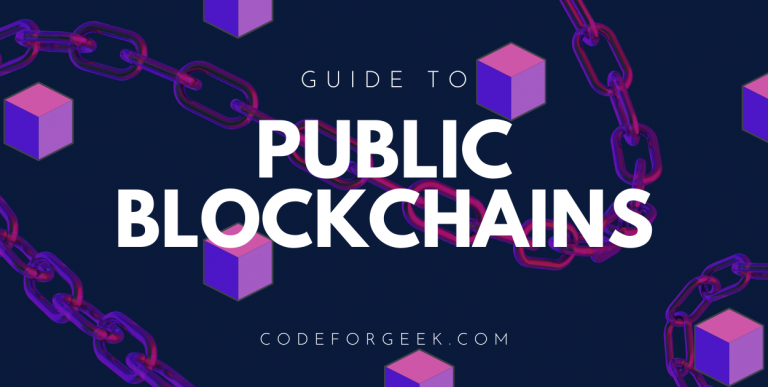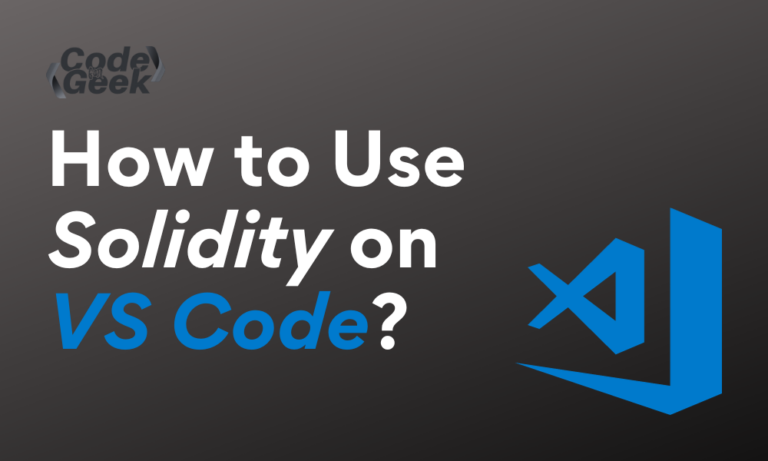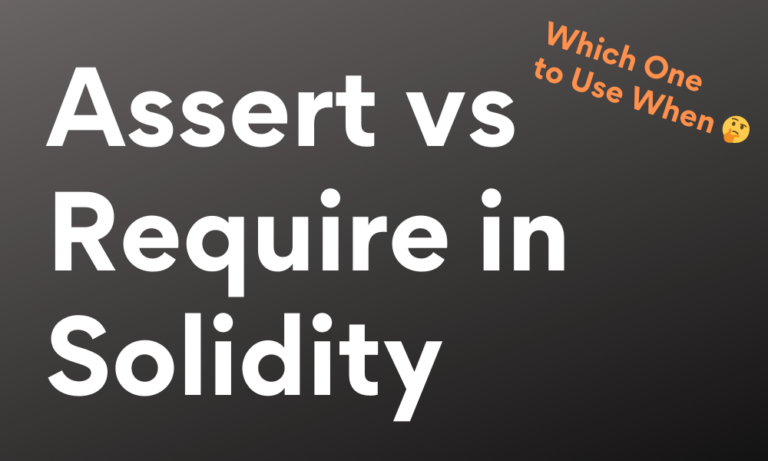When talking about blockchains, there are many types. Of them are Public Blockchains which is of our interest today.
All different types of blockchain technology are made and suitable for different purposes and use. To name a few, there are public blockchains, private blockchains, hybrid and federated blockchains. Each one of them differs from one another and is used for a variety of purposes.
If you are a blockchain enthusiast looking forward to building up a career in this field, then you need to know about the different types of blockchains. Moreover, understanding the different types and how they affect business models will also help you derive better blockchain-based solutions in 2021.
Let us now dive into the public blockchain ecosystem. For a smooth flow of understanding, we will begin with its definition and gradually move towards other subtopics related to this type of technology.
So, let’s get started!
What is a Public Blockchain?
To begin with, a public blockchain is free of limitations. It can be accessed by anyone with an internet connection and validate blocks, and send transactions. Usually, these types of networks tend to offer some form of incentive to people who validate blocks on the network.
Nonetheless, this largely depends on the consensus algorithm used by the blockchain network. A blockchain could use a Proof of Work, Proof of Stake, or even a Proof of History consensus algorithm, which is quite rare, for validating the transactions.
In its true sense, it is a “Public” network.
Public blockchains were first brought in front of the eyes of the world by Satoshi Nakamoto, the founder of Bitcoin technology, far back in 2009. Some call it the mother technology.
As time passed and the technology saw immense advancements and security enhancements, enterprises, and companies’ interests began flowing into the blockchain. This refined the nature of the technology eventually giving rise to private blockchains.
A public blockchain architecture allows users to download the protocol anytime, without the need for any permission from anyone. All in all, the network is completely decentralized, without anyone or anything controlling the ecosystem.
On the other hand, a private blockchain allows changes and alterations only by the organization owning it.
Let us now talk about the features of public blockchains.
Features of Public Blockchains
There are a few peculiar features of the public blockchain architecture that I’d like to list out here. Let’s take a look at ourselves:
- Every node on the blockchain network is granted access to read and write
- System allows anyone to download and add nodes
- Is completely decentralized
- It offers anonymity, which means no one can track your transactions back to you
- Comparatively slower than private blockchains because of the limited number users on a private one
Key Benefits to this Technology
Of course! Public blockchain technology is loaded with advantages! Let us check them out.
Better Transparency
Public blockchains are extremely transparent in a way that their users share a common consensus. This is indeed the very reason the blockchains are given so much consideration in the new era of the monetizing system and also because there is no control exercised over anything.
Moreover, this initialization drove out various charges that people had to pay each time they wished to send money to someone using the traditional way.
As if all that wasn’t enough, all data and information regarding the transactions stored as records are hidden from the public. The public digital ledger is shared with users across the globe so everyone can keep track of it.
Truly Decentralized Structure
The public blockchain network structure is fully decentralized. This way, all nodes in the network possess their own copy of the ledger. These ledgers are proficiently updated with help of the consensus algorithms.
And because all central authorities like governments or banks are driven out of every step, users on this blockchain enjoy its truly decentralized nature.
User Enablement
This technology allows anyone to download, read and write or re-write nodes to the blockchain having complete authority over it. This means the general public can access the control panel and not some evil business!
Inflexible
Public blockchains are completely inflexible or unchangeable. Meaning, no one on the blockchain could tamper or make modifications to the system or prowl away with your money, crypto, or NFT!
If in case someone ever tries to make any amendments to the blocks, all the other nodes will reject the transaction right away. This way, many problems, and frauds can be alleviated with this technology.
Conclusion
When talking about blockchains, there are many types. Of them is Public Blockchains which is of our interest today. All different types of blockchain technology are made and suitable for different purposes and use. To name a few, there are public blockchains, private blockchains, and federated blockchains.
Read More: Understanding Cryptocurrency Blockchain





